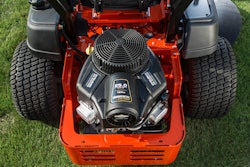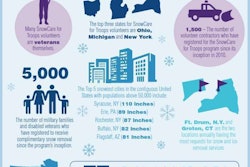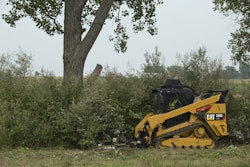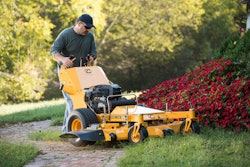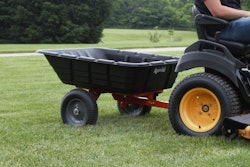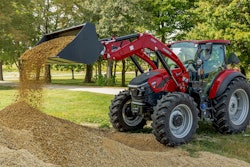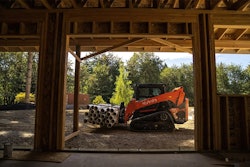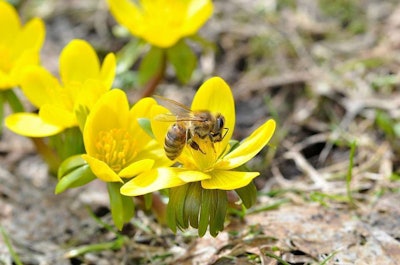 Photo: Max Pixel
Photo: Max PixelInterest in helping pollinators has become quite popular in recent years, and you can educate your clients on how aiding pollinators doesn’t have to be something that only happens in the summer.
In the late winter and early spring, honeybees will be emerging from their hives in search of food, and providing winter-blooming plants can be crucial to these pollinators’ survival.
Unlike bumblebees, which die off generally after the first frost, honeybees cluster together and “shiver” to generate enough body heat to keep the queen protected and warm in the middle. The colder it gets, the tighter the cluster becomes.
They will venture out of their hives when temperatures reach the mid-50s Fahrenheit, but they tend to stay near the colony seeking pollen and nectar that is nearby.
By planting early-blooming plants in clusters, it makes it easier for honeybees to spot and access them.
“Bees are efficient pollinators,” Andony Melathopoulous, a bee specialist with the Oregon State University Extension Service, told SFGate. “They really appreciate patches of flowers. They can go from flower to flower easily. It’s hard for them to work on cool days, and if they don’t have to fly between clusters, they really appreciate it.”
Crocus, snowdrops and primrose are attractive to bees and can start blooming when there is still snow on the ground. While in colder zones bulbs should have already been planted, Zones 4-7 can continue planting in November until the ground freezes.
If your client has missed this window of opportunity in their area, there are other bee-friendly plants like trees and shrubs that can be a godsend in the lean months.
“People often overlook trees,” Melathopoulous told SFGate. “But when it comes to late winter and early spring, it’s the trees that are important. Willows, maples, filberts and hazelnuts are some of the earliest sources of pollen. They’re easy to establish and grow.”
Below are some of the other winter-blooming plants that homeowners can consider if they’re wanting to assist bees this winter:
- Brassicas like broccoli, cauliflower, cabbage and mustard. Yellow mustard is one of the earliest blooming flowers that attracts honeybees.
- Oregon grape (Mahonia) is an evergreen shrub has bright yellow flowers.
- Heath and heather (Erica and Calluna) are like a magnet for bees and vary in shades from purple to gold and can make nice groundcover of color as well as a forage site for bees.
- Sweet box (Sarcococcus confusa) has fragrant flowers that can appear from early to mid-winter through early spring.
- Winter jasmine (Jasmium nudiflora) isn’t as fragrant as other varieties but its yellow flowers easily attract bees.
- Trees like maples, apple, crabapple and native cherry all have early blooms as well.
Aside from planting bee-friendly vegetation, leaving portions of the landscape undisturbed can also help other types of bees hibernate in peace. Avoiding heavy usage of systemic pesticides is another method to increase their chances of survival.

